Home>Ideas and Tips>Tips For Choosing The Right Furniture For Small Spaces
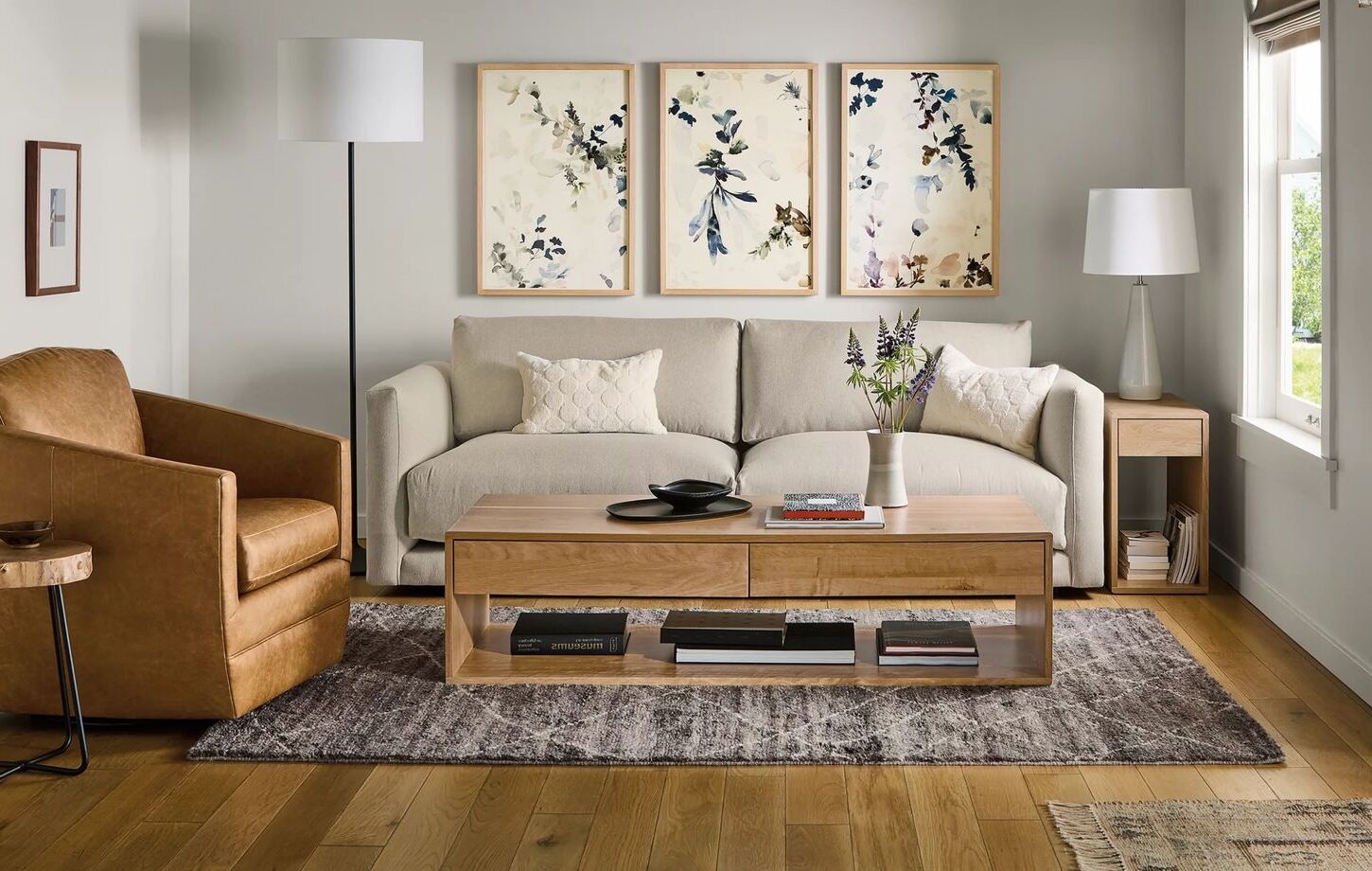

Ideas and Tips
Tips For Choosing The Right Furniture For Small Spaces
Published: November 4, 2024
Maximize your small space with our expert tips on choosing the right furniture. Discover multi-functional, stylish solutions for a clutter-free, inviting home.
(Many of the links in this article redirect to a specific reviewed product. Your purchase of these products through affiliate links helps to generate commission for Storables.com, at no extra cost. Learn more)
Living in a cozy apartment or a compact house can be a real challenge when it comes to furnishing. You might think you have to sacrifice style for functionality, but that's not true. You can have both! Choosing the right furniture for small spaces is all about being smart with your choices and thinking outside the box. Let's dive into some tips that will help you make the most of your limited space without compromising on style.
Understanding the Challenges of Small Spaces
Small spaces come with their own set of challenges when it comes to furniture selection and arrangement. Limited square footage requires careful consideration of each piece of furniture to ensure optimal functionality and create an inviting ambiance. Here are a few factors to keep in mind:
Space Optimization
Maximizing every inch of available space is crucial in small rooms. Finding multi-functional furniture pieces or utilizing storage solutions can help you make the most of your limited square footage. This approach not only saves space but also reduces clutter, making your room feel more spacious.
Visual Appeal
While functionality is important, style and aesthetics should not be overlooked. Choosing furniture that fits your personal taste and complements the overall design of your space is key to creating a visually pleasing environment. A well-designed room can make even the smallest space feel inviting and comfortable.
Traffic Flow
Maintaining an open and uncluttered flow within a small space is essential. Selecting furniture that allows for easy movement and does not impede traffic patterns is important for both comfort and functionality. Cluttered pathways can make your space feel cramped and uncomfortable.
Tips for Furnishing Small Spaces
Now that we understand the challenges, let's dive into some practical tips for choosing the right furniture for small spaces:
Measure Your Space
Before purchasing any furniture, take accurate measurements of your room. This will help you determine the appropriate size and scale of furniture pieces that will fit comfortably in your space without overwhelming it. Measure not only the dimensions of the room but also the doorways, hallways, and any other narrow passages your furniture will need to pass through.
Opt for Multi-Functional Pieces
Look for furniture that serves multiple purposes. For example, a sofa bed or a daybed can provide extra seating during the day and transform into a comfortable sleeping space at night. Coffee tables with built-in storage or ottomans that double as seating and storage options are also great choices. These multi-functional pieces help reduce clutter by providing additional storage and serving multiple functions.
Embrace Vertical Space
In small rooms, vertical space is often underutilized. Take advantage of taller furniture pieces such as floor-to-ceiling bookshelves or wall-mounted storage units to maximize storage without taking up valuable floor space. Vertical storage solutions can help keep your floor clear, making it easier to move around and creating a sense of openness.
Choose Light-Colored Furniture
Light-colored furniture tends to create the illusion of more space and make a room feel brighter and more open. Opt for neutral tones or pastel shades that can visually expand your small space. Light colors reflect light better than dark colors, making the room appear larger and more airy.
Consider Clear or Leggy Furniture
Transparent or leggy furniture pieces, such as glass coffee tables or chairs with exposed legs, can create a sense of openness and airiness in small rooms. These styles allow light to pass through, making the space feel less crowded. Clear furniture also helps to create a sense of continuity between different areas of the room.
Invest in Furniture with Built-in Storage
Look for sofas, ottomans, and coffee tables with hidden storage compartments. These pieces serve dual purposes by providing seating or a surface area while also offering a place to store items like blankets, books, or remotes. Built-in storage helps keep clutter at bay and keeps your space organized.
Use Under-Bed Storage
Choose beds with built-in drawers or invest in rolling storage containers that can be easily slid under the bed. This is an excellent way to store out-of-season clothing, extra bedding, or miscellaneous items. Under-bed storage keeps your floor clear and makes it easier to move around in your room.
Creating the Illusion of Space
In addition to choosing the right furniture and maximizing storage, there are a few design tricks you can employ to create the illusion of space in your small room:
Lighting
Good lighting can make a significant difference in how spacious a room feels. Maximize natural light by using sheer curtains or blinds that allow light to filter through while maintaining privacy. Additionally, incorporate layered lighting with a mix of overhead lights, table lamps, and floor lamps. This layered approach creates depth and makes the room feel more expansive.
Mirrors
Mirrors are another effective tool for creating the illusion of space. Hang mirrors opposite windows to reflect natural light and make the room appear larger. Mirrors also help create a sense of continuity by reflecting different areas of the room.
Minimal Clutter
Clutter can quickly make a small space feel cramped and overwhelming. Keep surfaces clear by storing items in hidden compartments or using decorative baskets and bins. A clutter-free environment makes your room feel more spacious and easier to navigate.
Neutral Colors
Using neutral colors on walls and floors can help create a sense of continuity and make the room appear larger. Neutral tones like white, beige, or gray provide a clean backdrop for your furniture and decor, making it easier to create a cohesive look.
Additional Tips for Small Spaces
-
Select Furniture with Narrow Profiles: Look for furniture with narrow profiles that won't overwhelm your space. For example, a slim sofa or a narrow coffee table can fit into tight spaces without dominating the room.
-
Utilize Corner Spaces: Corners are often wasted spaces in small rooms. Use corner shelves, baskets, or carousels to maximize storage in these areas.
-
Choose Compact Appliances: If you have a kitchenette in your small space, choose compact appliances that won't take up too much counter space or floor area.
-
Incorporate Plants: Adding plants to your small space can help purify the air and create a sense of greenery. Choose compact plants that won't take up too much space.
-
Consider Modular Furniture: Modular furniture pieces can be easily rearranged to suit different needs and layouts. This flexibility is particularly useful in small spaces where furniture needs to be versatile.
-
Use Reflective Surfaces: In addition to mirrors, use reflective surfaces like metallic accents or glossy finishes on furniture to create a sense of depth and make the room appear larger.
-
Keep It Simple: Avoid over-accessorizing your small space with too many decorative items. Keep your decor simple and uncluttered to maintain a sense of openness.
-
Incorporate Multi-Functional Decor: Decor items like storage ottomans or coffee tables with built-in storage serve multiple purposes while keeping clutter at bay.
-
Consider Wall-Mounted Items: Wall-mounted items like shelves, hooks, and storage units keep your floor clear and make it easier to move around in your room.
-
Use Rugs Strategically: Area rugs can help define different areas within a small space while also adding color and texture. Choose rugs that are not too large for the room to avoid overwhelming it.
Conclusion
Choosing the right furniture for small spaces requires careful consideration of both functionality and aesthetics. By following these tips—measuring your space accurately, opting for multi-functional pieces, embracing vertical space, choosing light-colored furniture, considering clear or leggy furniture, investing in furniture with built-in storage, using under-bed storage, creating an illusion of space through lighting and mirrors, minimizing clutter, using neutral colors, selecting furniture with narrow profiles, utilizing corner spaces, choosing compact appliances, incorporating plants, considering modular furniture, using reflective surfaces, keeping it simple, incorporating multi-functional decor, considering wall-mounted items, and using rugs strategically—you can create a comfortable and inviting living environment even in the smallest of spaces.
Remember that every small space is unique, so it's essential to tailor these tips to your specific needs and preferences. With patience and creativity, you can turn your compact home into a cozy haven that feels both spacious and stylish.
Was this page helpful?
At Storables.com, we guarantee accurate and reliable information. Our content, validated by Expert Board Contributors, is crafted following stringent Editorial Policies. We're committed to providing you with well-researched, expert-backed insights for all your informational needs.
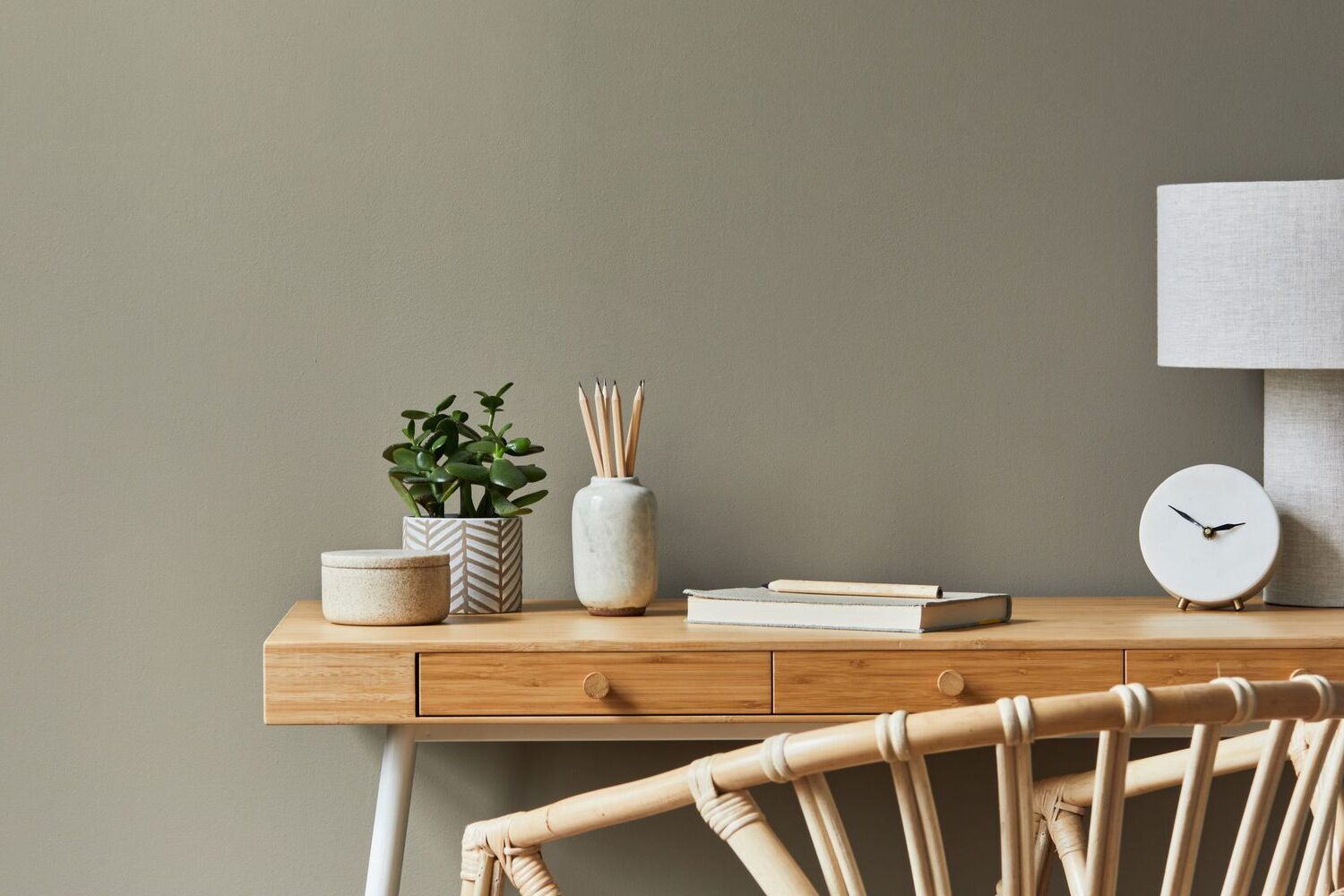


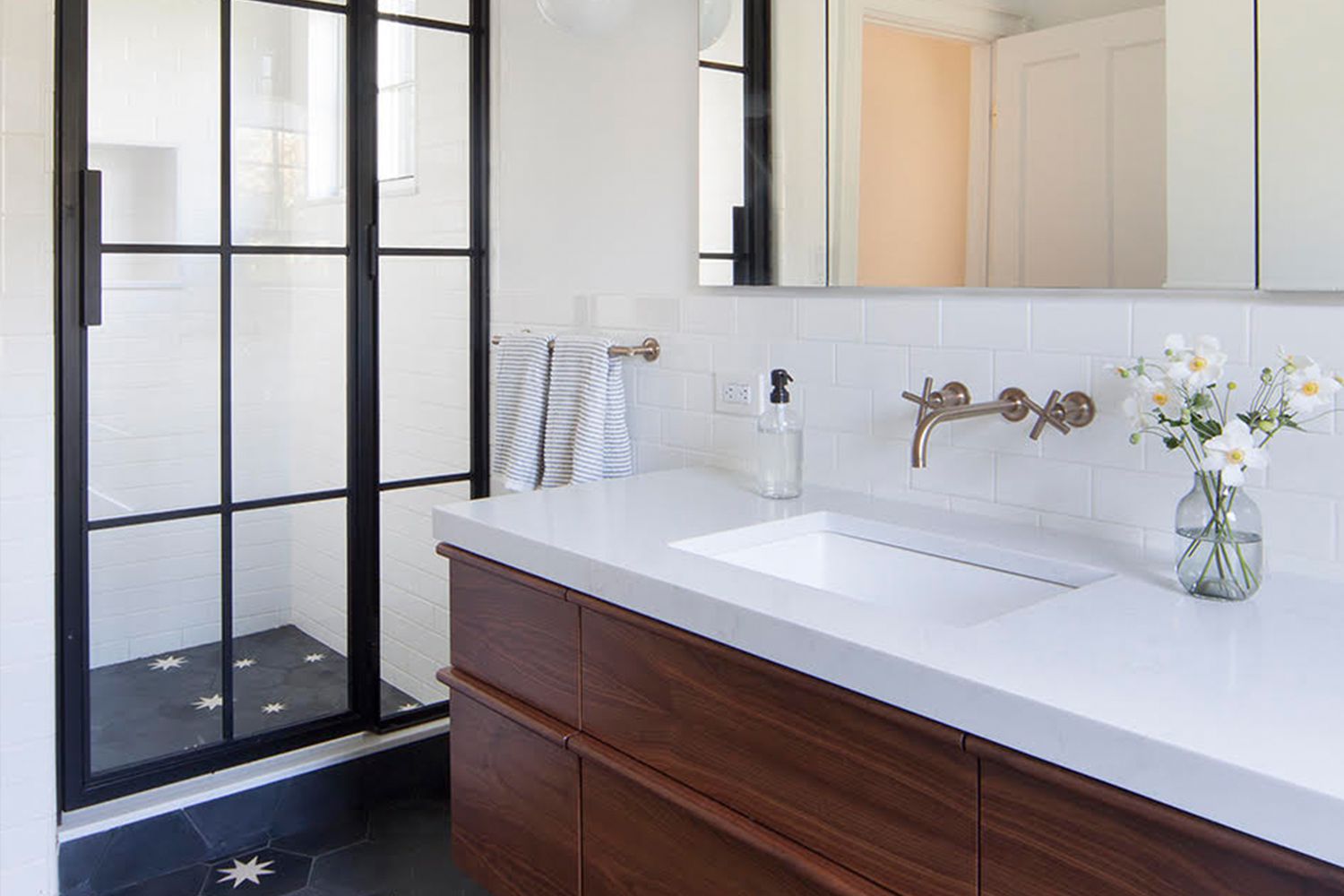
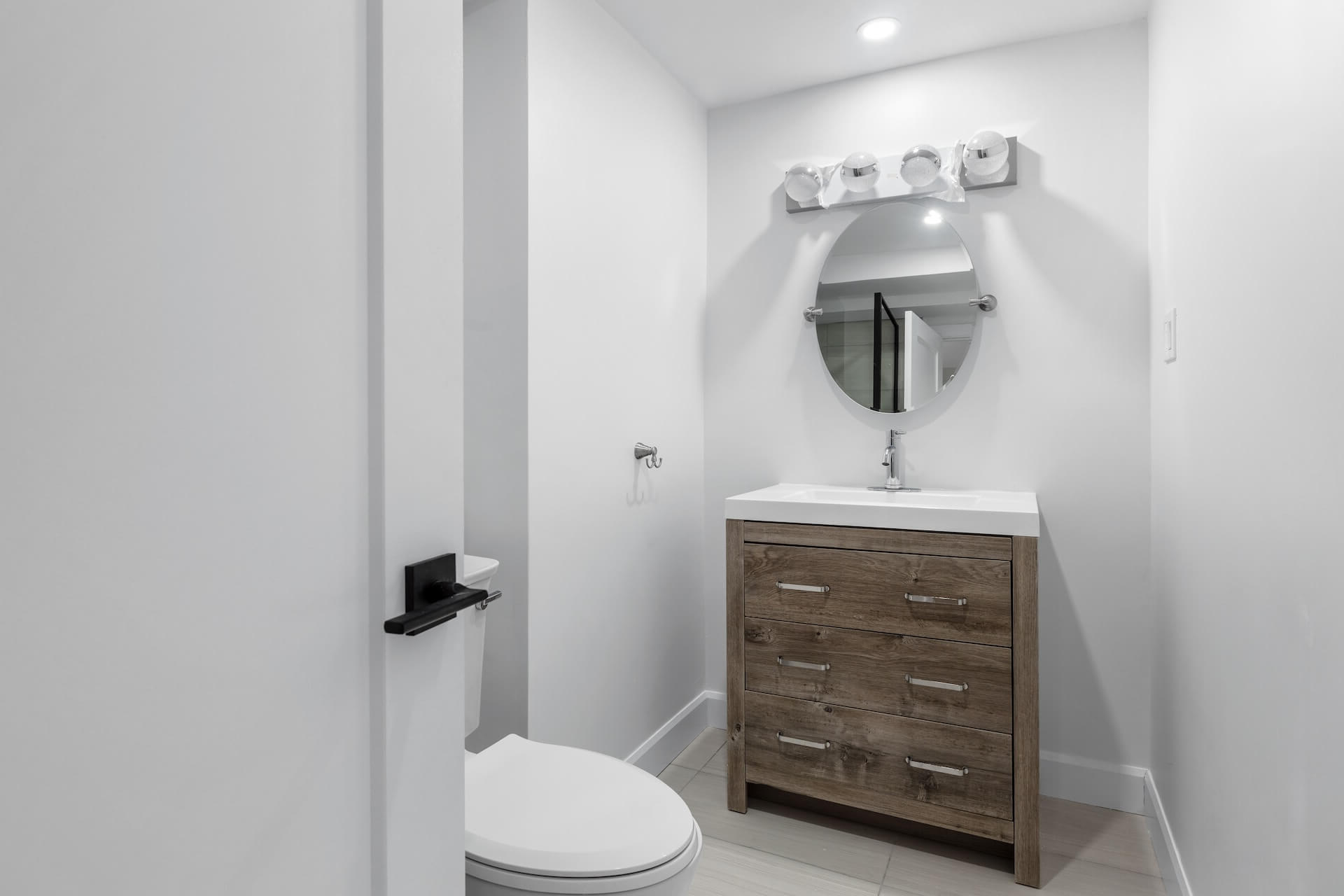

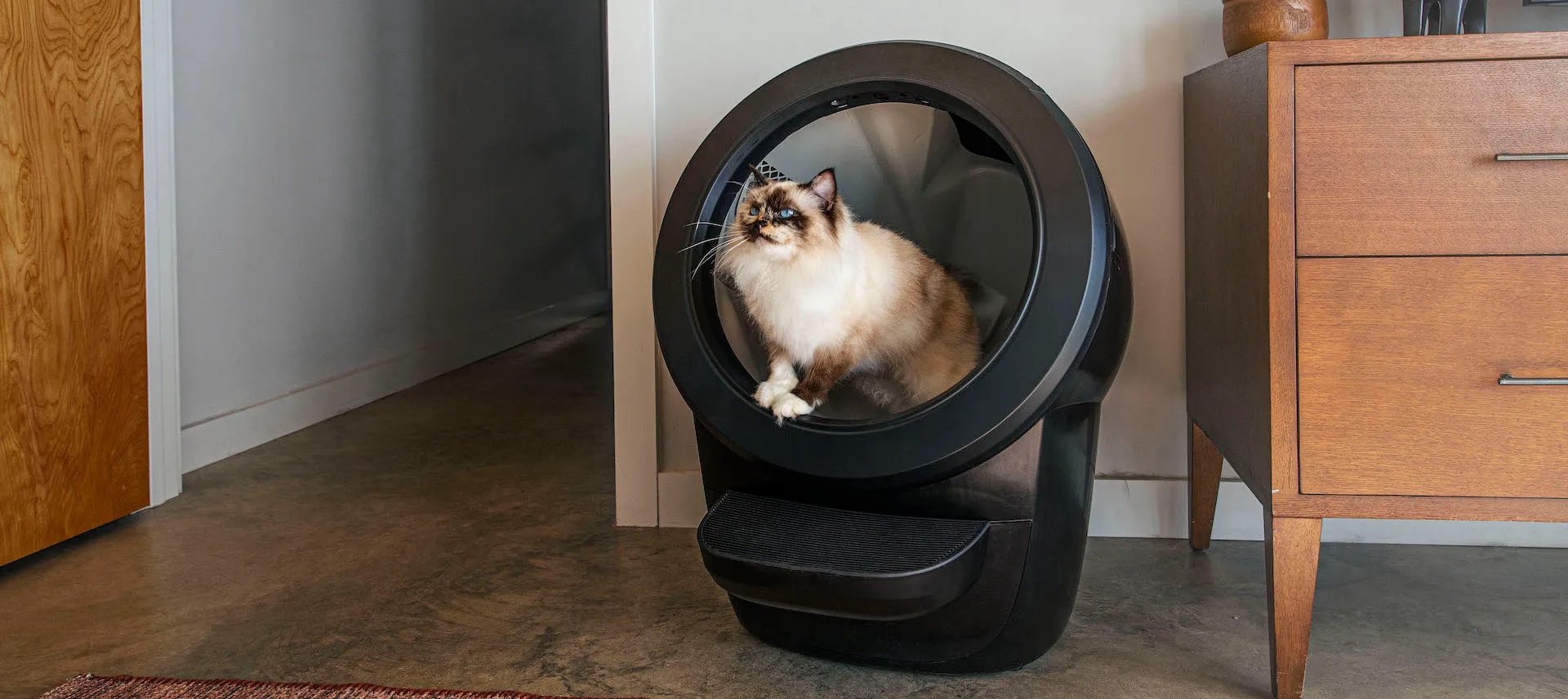

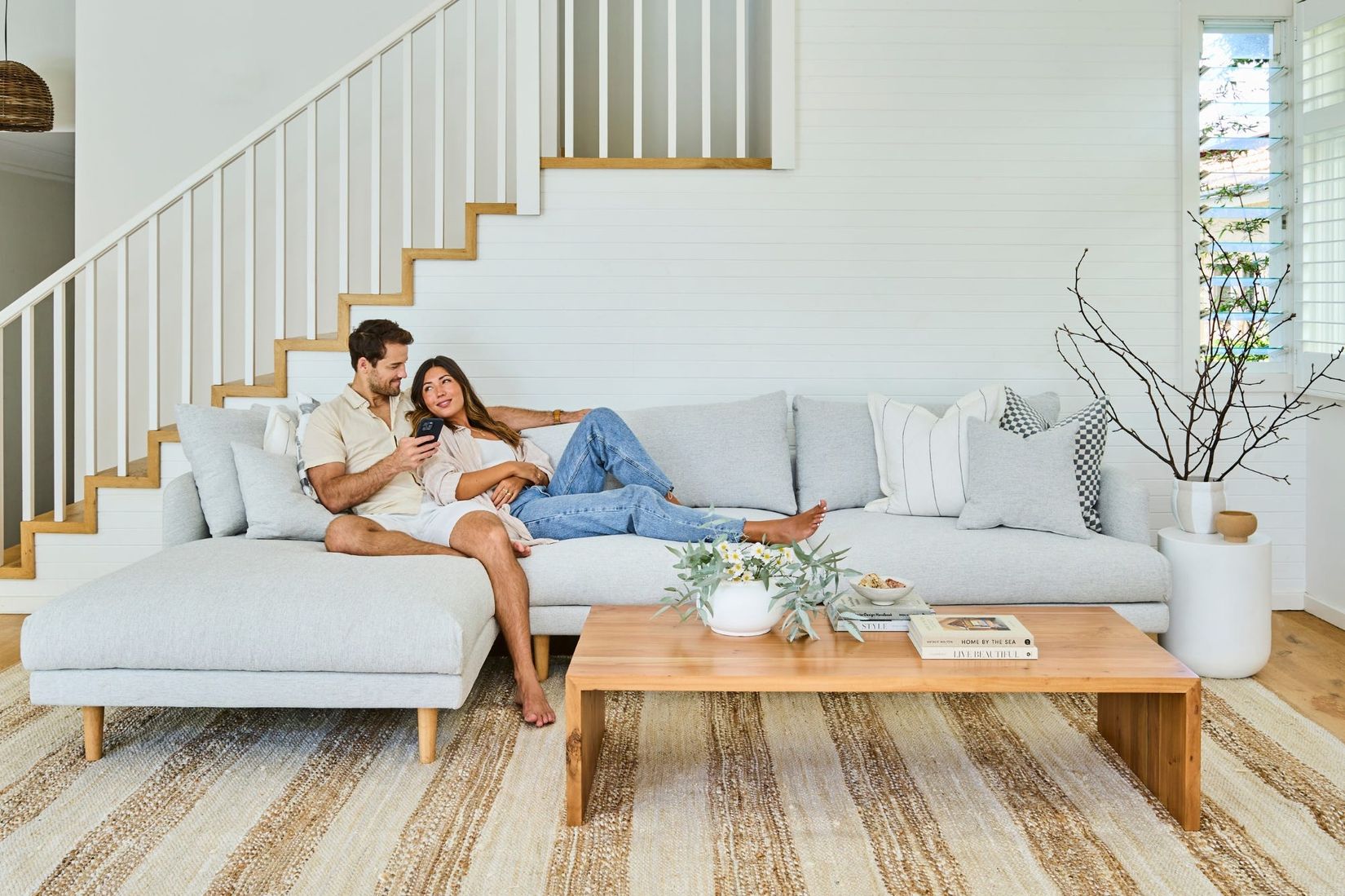
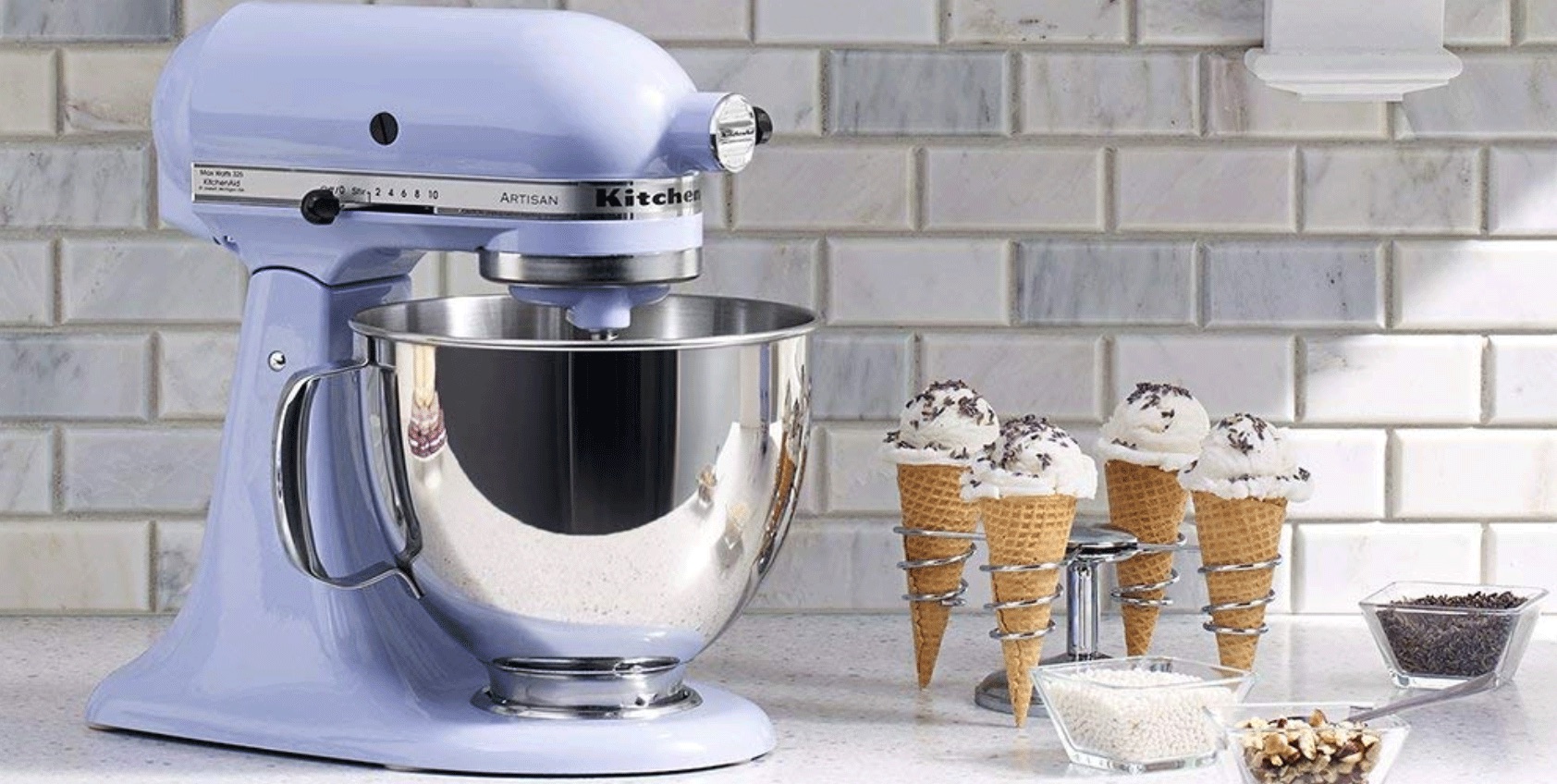

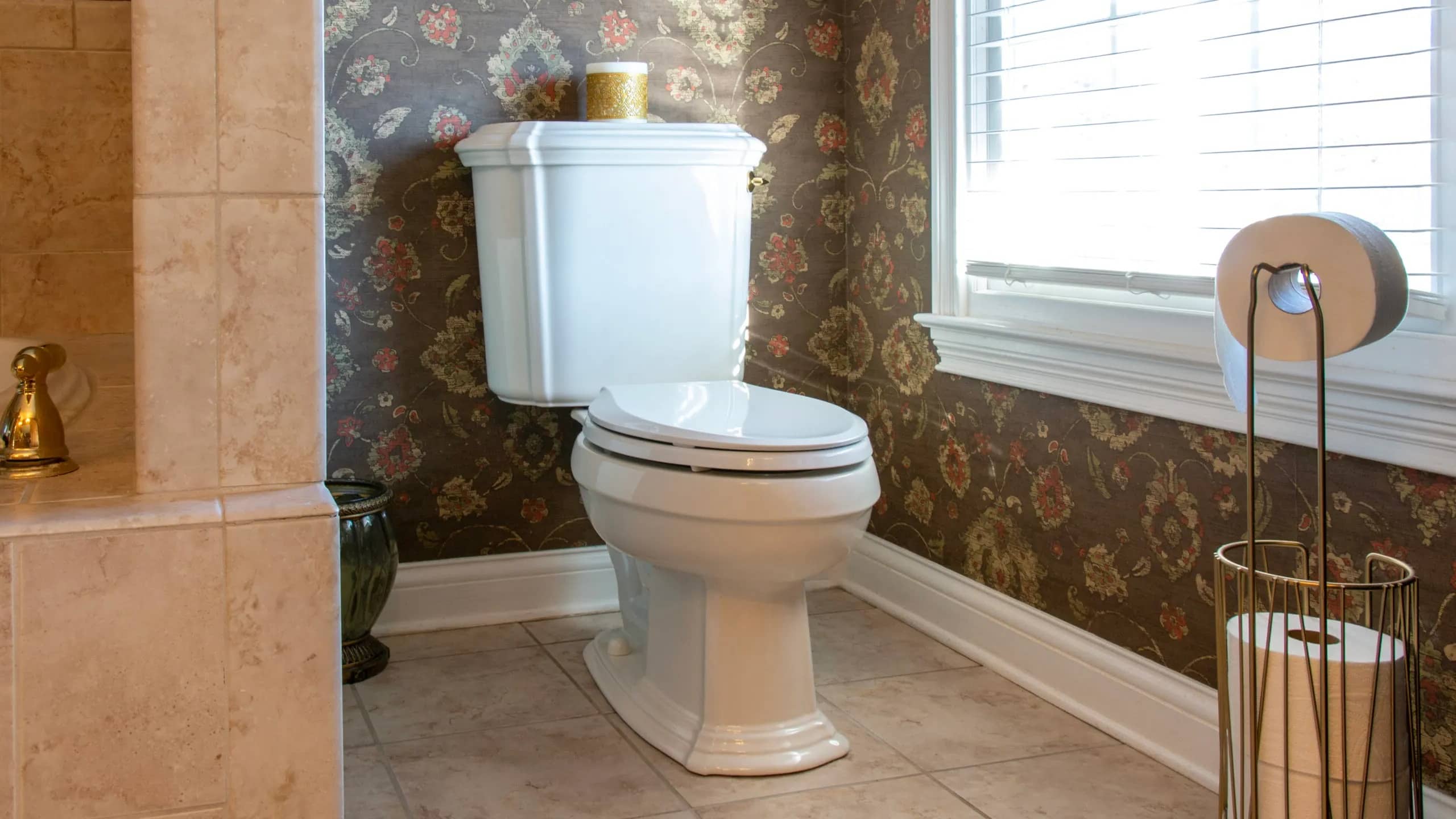
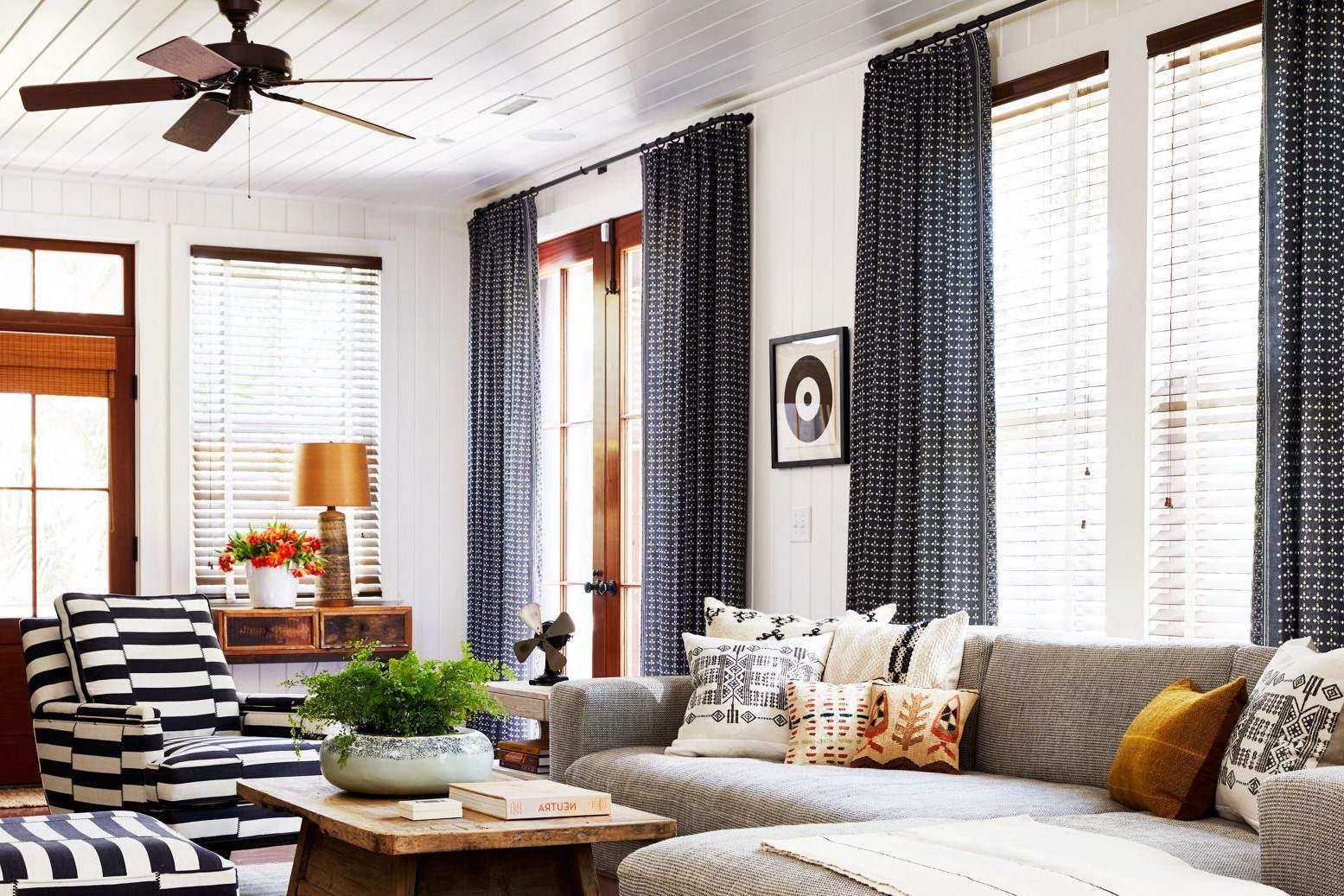
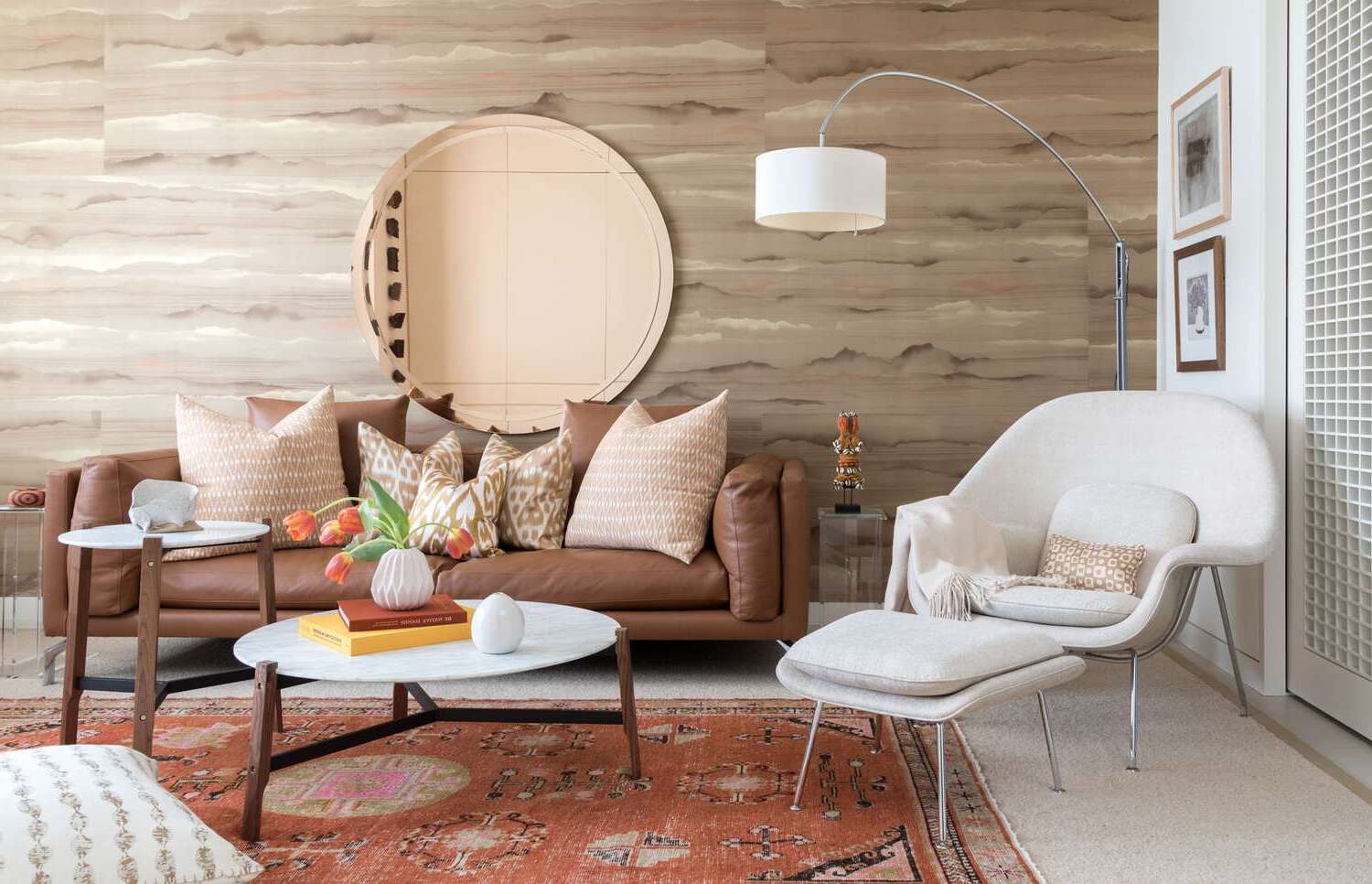
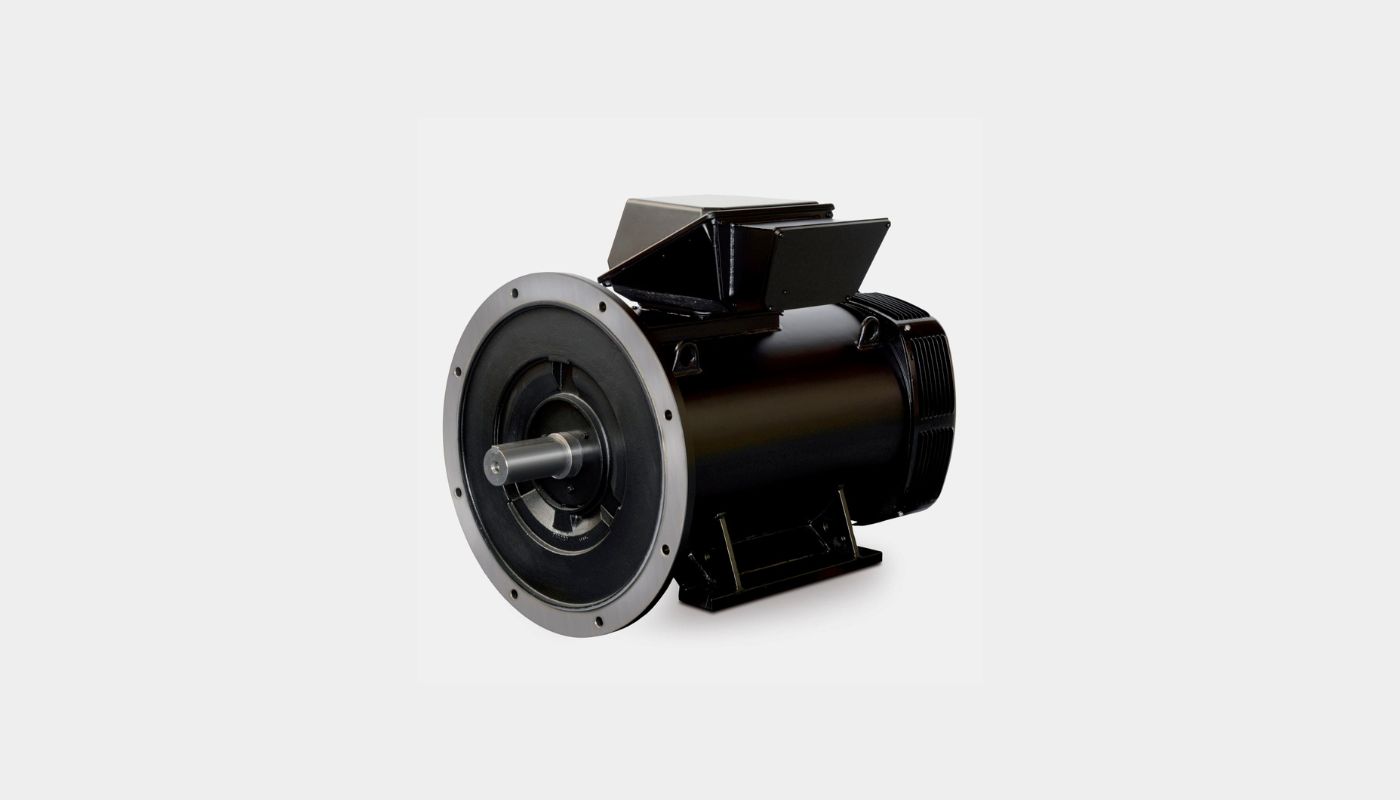

0 thoughts on “Tips For Choosing The Right Furniture For Small Spaces”